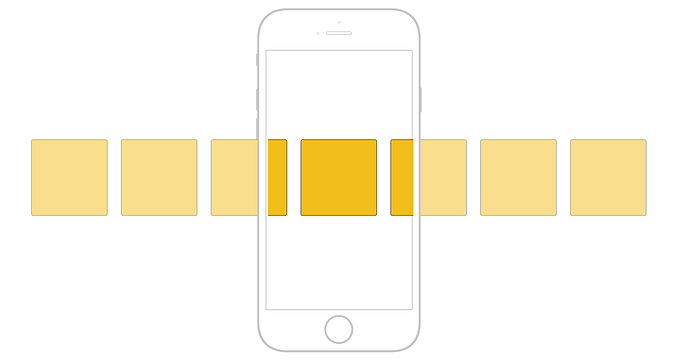Member-only story
How to handle deeply-nested nullable fields in JavaScript and TypeScript

Nullability is a hard problem. This is especially true for JavaScript/TypeScript. Front-ends and Web Servers (which makes up most of JavaScript usage) tend to work with a lot of JSON. And although it’s relatively easy to JSON.parse(myJSONString), it's a whole different game when you want to safely traverse the resulting JavaScript object.
And since TypeScript offers type-safely to those who traverse these objects properly, we have to be mindful of preserving the type guarantees and not circumvent the type system needlessly.
Let’s start without deeply nested nullable interface:
Since the address could be null:
Option 0: A naive approach to traversing
If you use && to "chain" your accessors, You can get around this problem a little bit:
We can quickly see how this approach makes things very hard to “grok” in your head. If you need to extend this beyond a couple of levels, you end up with:
Option 1: Enter idx
I have found idx to be a safe method of accessing these nested nullable values. A naive implementation of this would be:








